Good headlines are coming out of the Eurozone this morning, as the inflation rate slowed to 2.9 per cent in October. This is a spectacular fall from its double-digit peak last October, when the rate sat at over 10 per cent. Today’s news brings inflation to a stone’s throw away from the European Central Bank’s target of 2 per cent. But it’s not without trade-offs.
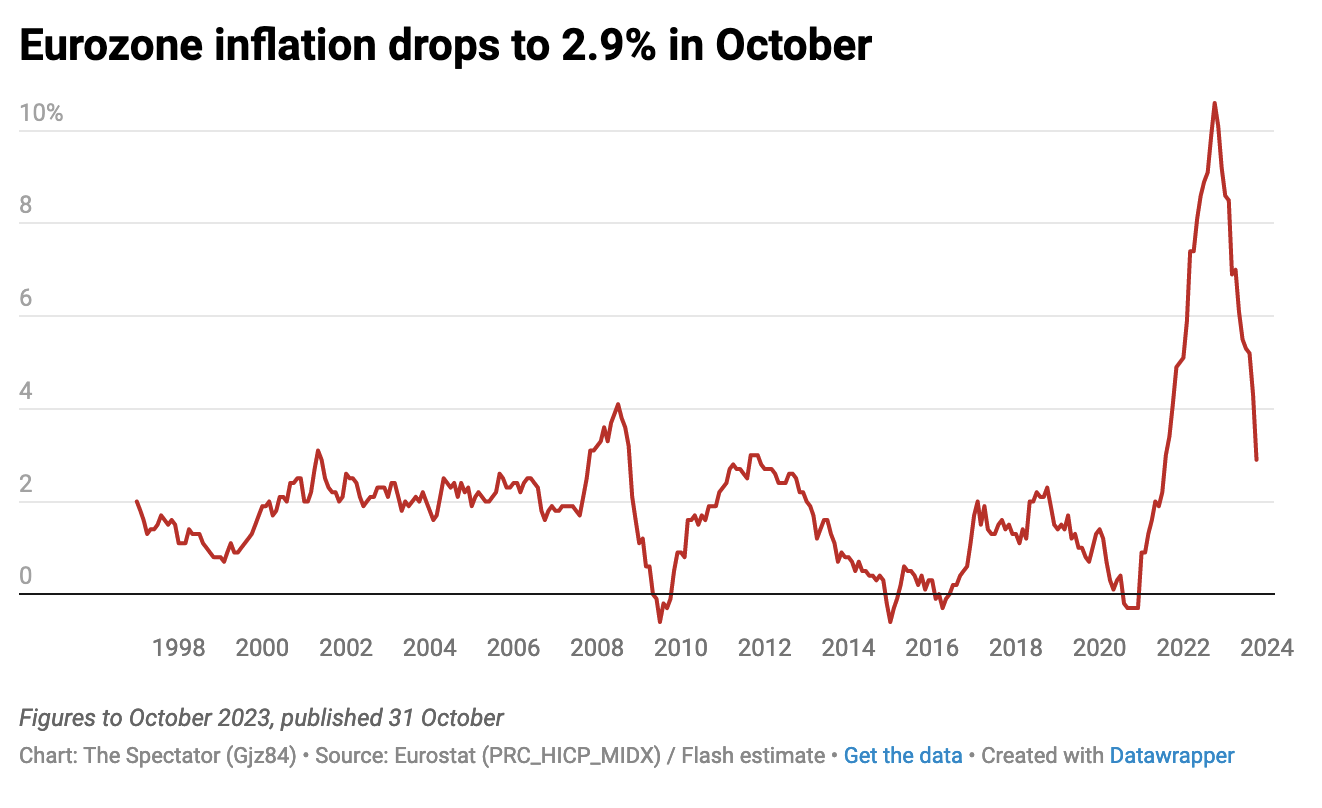
Alongside today’s inflation news, we have also learned that growth across the Eurozone took a hit, averaging a 0.1 per cent contraction between July and September this year. This dip was worse than the consensus, which expected to see a small uptick in GDP. Some growth seen in countries like France and Belgium were outweighed by contractions elsewhere – notably in Germany. The biggest economy in Europe now finds itself halfway towards a recession (two consecutive, quarterly contractions) with business output contracting.
Weaker growth is often the price paid for getting the inflation rate down. Just like other central banks, the ECB had to hike rates – fast – when prices started spiraling. While the current rate of 4.5 per cent remains normal by historical standards, the ten consecutive rate hikes it took to get there will have undoubtedly taken some heat out of the economy.
No doubt No. 10 is looking on this inflation rate of under 3 per cent with some envy
It appears to have worked: the Eurozone’s plummeting inflation rate is what the ECB can show for it. But the trade-off is weaker growth figures, which the Eurozone is now showing signs of suffering from. This combination of a falling rate and contracting GDP may well bolster market speculation that’s already been taking place that the ECB could be getting ready to (slowly) cut rates as soon as early next year.
What will today’s update mean for the UK? No doubt No. 10 is looking on this inflation rate of under 3 per cent with some envy. It remains a close call as to whether Rishi Sunak meets his pledge to ‘halve inflation’ by the end of the year. According to the Bank of England’s forecasts, the current rate of 6.7 per cent on the year to September still leaves inflation on track to meet Sunak’s target. But any delays or external upsets (including what growing conflict in the Middle East might mean for oil prices) could derail this. Even if the target is met, it will still look notably high compared to the Eurozone’s figures.
The inflation rate has never really been in the government’s control: the tools for controlling inflation – like interest rates – sit with central banks, not politicians. We will find out on Thursday if the BoE has decided to hold rates again at 5.25 per cent, or go for another hike (the Bank’s governor Andrew Bailey has been warning that votes from the Monetary Policy Committee in the near future are likely to remain ‘tight’).
We won’t know the UK’s provisional Q3 growth figures until next month. So far, however, Britain’s economy has defied the doomsday recession predictions that dominated the start of the year, growing by 0.3 per cent in Q1 and 0.2 per cent in Q2. But these are still lacklustre figures: ones that the Bank is paying close attention to as it tries to get the balance right on rates, between suppressing spending demand and not tipping the country into recession.
All this raises questions as to how both ‘halving inflation’ and ‘growing the economy’ ended up on the government’s list of five priorities at the start of the year. For a short period of time, at least, these objectives tend to work against each other. This might help to explain how it looks like we are going to reach the end of the year in an economically precarious position: with inflation still far too high and the economy barely growing.
Got something to add? Join the discussion and comment below.
Get 10 issues for just $10
Subscribe to The Spectator Australia today for the next 10 magazine issues, plus full online access, for just $10.


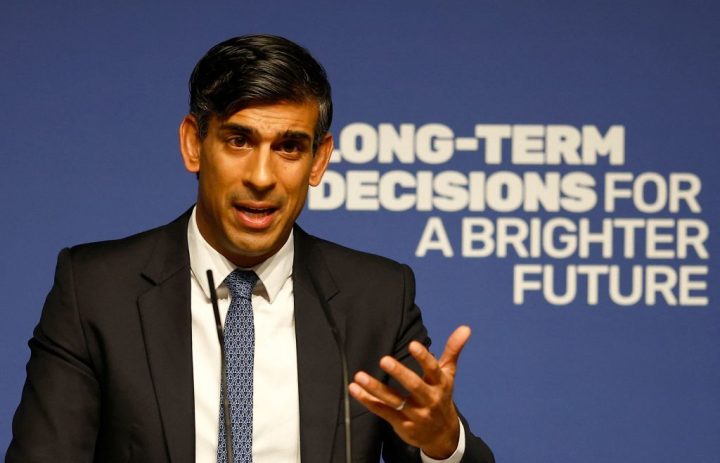
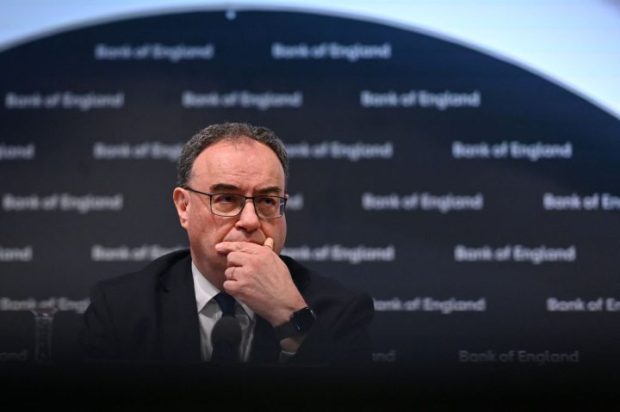
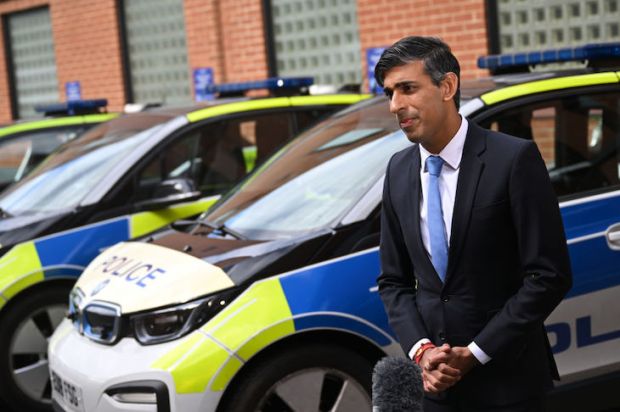
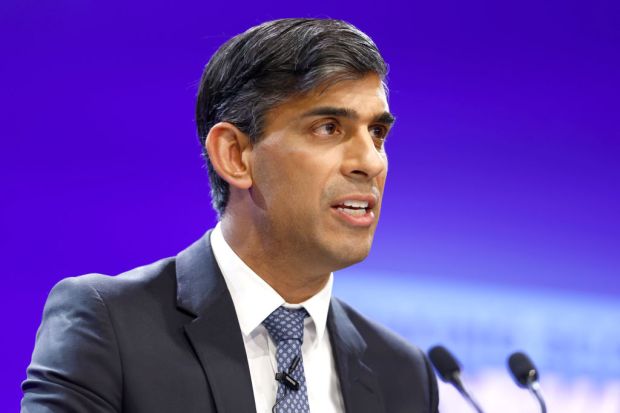

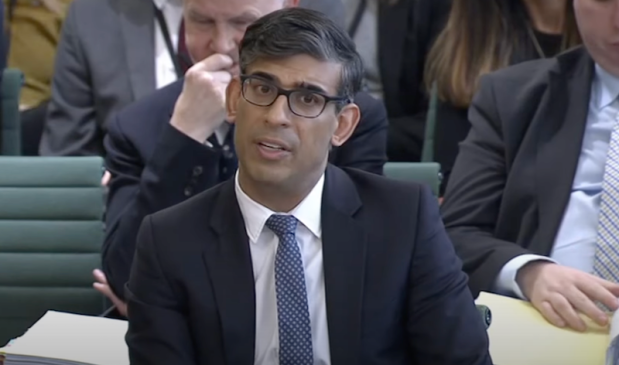
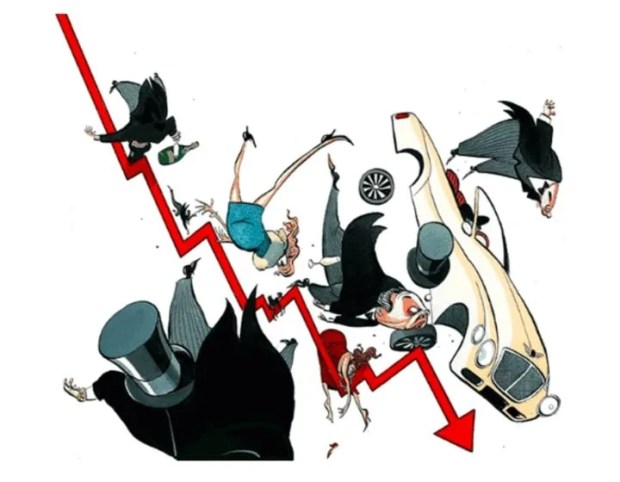












Comments
Don't miss out
Join the conversation with other Spectator Australia readers. Subscribe to leave a comment.
SUBSCRIBEAlready a subscriber? Log in